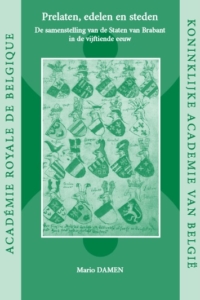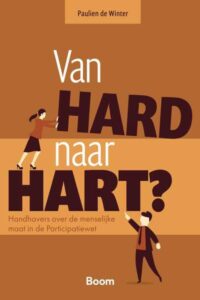While at NIAS, historian Mario Damen (fellow 2009/10) researched the nobility in the late medieval Low Countries, from ca. 1430 to ca. 1530, focusing on the nobility of the Duchy of Brabant. This topic developed into his book ”Prelaten, edelen en steden” (Prelates, nobles and cities) written for Koninklijke Academie van België, Handelingen van de Koninklijke Commissie voor Geschiedenis (Royal Academy of Belgium, Royal Historical Commission of Belgium).
About the Book
Abstract – The composition of the Estates of Brabant in the fifteenth century.
Who were the members of the Estates of Brabant and could receive a summons letter for an assembly in the fifteenth century? In this study, I give an overview and an analysis of the composition of this representative institution on the basis of four undated summons lists. Given the importance of these lists for the political- institutional and social history of the Duchy of Brabant, a complete critical edition of the lists is the backbone of this study. Moreover, all listed persons are identified in brief biographical notes. New lists were composed by the ducal chancery on the occasion of major political events when the presence and participation of the (most powerful) representatives of the citizens was required. A closer examination showed that these summons lists were compiled on the occasion of the inauguration of Duke Anthony of Burgundy in 1406, the inauguration of Duke John IV in 1415 and to celebrate the peace concluded between Archduke Maximilian and the rebellious cities of Brabant in August 1489. These lists, together with the Brabantine part of the convocation list for the Estates General of 1464, offer an overview of the persons who were considered by their contemporaries as the political representatives of the three Estates: the clergy, the nobility and the Third Estate. This overview is then compared with the attendance at several important meetings of the Estates in the first quarter of the fifteenth century. To make the process of convocation yet more transparent, the lists are followed by a critical edition of some summons letters for the abbot of Park, Engelbert I of Nassau, lord of Breda, and the city of Antwerp.
For the online version of the book click here.
Get the book from Athenaeum Booksellers, Amsterdam’s largest independent bookstore.



